Understand
Atyrau, formerly known as Guryev, has a fascinating history that dates back to the 1640s. Initially a fortified town at the mouth of the Yaik River, it was later rebuilt using stone after being plundered. The Guryev family, pioneers in fishing and oil extraction, played a significant role in the town's development. In 1992, the city was officially renamed Atyrau, which means "the place where the river flows into the sea." The Ural River, marking the border between Asia and Europe, divides Atyrau into two distinct parts. The city's primary industry is oil development, which started in the late 19th century and continues to thrive today.
Get in
To enter Atyrau, you have the option to arrive by air or by rail. If you are coming from outside of Kazakhstan, make sure to obtain a visa before your arrival. For more information about visa requirements and restrictions, visit the Kazakh embassy website for your country.
Map & Climate
Popular Foods
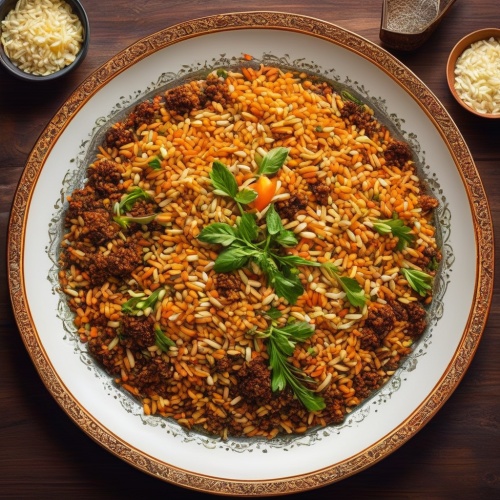 Kazakhstan's most popular dish is called Plov or Pilaf. It is a hearty rice dish that is cooked with meat, usually lamb or beef, and vegetables such as carrots, onions, and garlic. The dish is flavorful, with a mix of savory spices like cumin, coriander, and turmeric. Plov is often served at special occasions and gatherings in Kazakhstan.
Kazakhstan's most popular dish is called Plov or Pilaf. It is a hearty rice dish that is cooked with meat, usually lamb or beef, and vegetables such as carrots, onions, and garlic. The dish is flavorful, with a mix of savory spices like cumin, coriander, and turmeric. Plov is often served at special occasions and gatherings in Kazakhstan.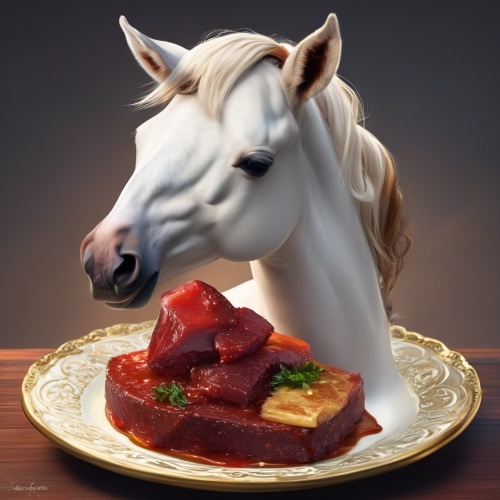 Another popular Kazakh dish is Beshbarmak, which translates to "five fingers." It consists of boiled horsemeat (or sometimes mutton) served with thin noodles and a side of finely chopped onions and herbs. This dish is believed to have originated from the nomadic tribes that once roamed the steppe, and its form - a chunk of meat meant to be eaten with hands - makes it easy to consume on the go.
Another popular Kazakh dish is Beshbarmak, which translates to "five fingers." It consists of boiled horsemeat (or sometimes mutton) served with thin noodles and a side of finely chopped onions and herbs. This dish is believed to have originated from the nomadic tribes that once roamed the steppe, and its form - a chunk of meat meant to be eaten with hands - makes it easy to consume on the go.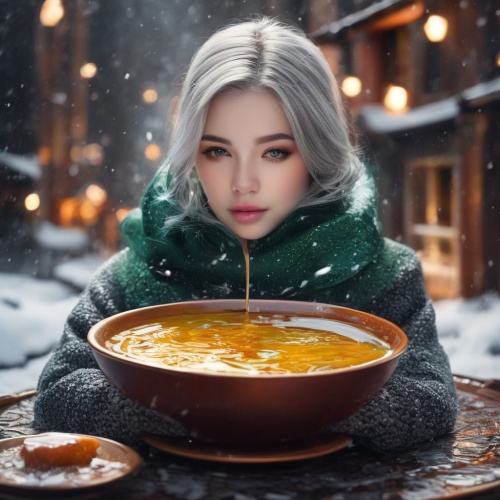 Rounding out the top three is Lagman, a soup made from handmade noodles and meat, typically served with a side of sour cream. Lagman can feature various types of meat, such as beef, lamb, or chicken, and is often garnished with fresh herbs for added flavor. This soul-warming dish is particularly popular in the winter months when comfort food is craved.
Rounding out the top three is Lagman, a soup made from handmade noodles and meat, typically served with a side of sour cream. Lagman can feature various types of meat, such as beef, lamb, or chicken, and is often garnished with fresh herbs for added flavor. This soul-warming dish is particularly popular in the winter months when comfort food is craved.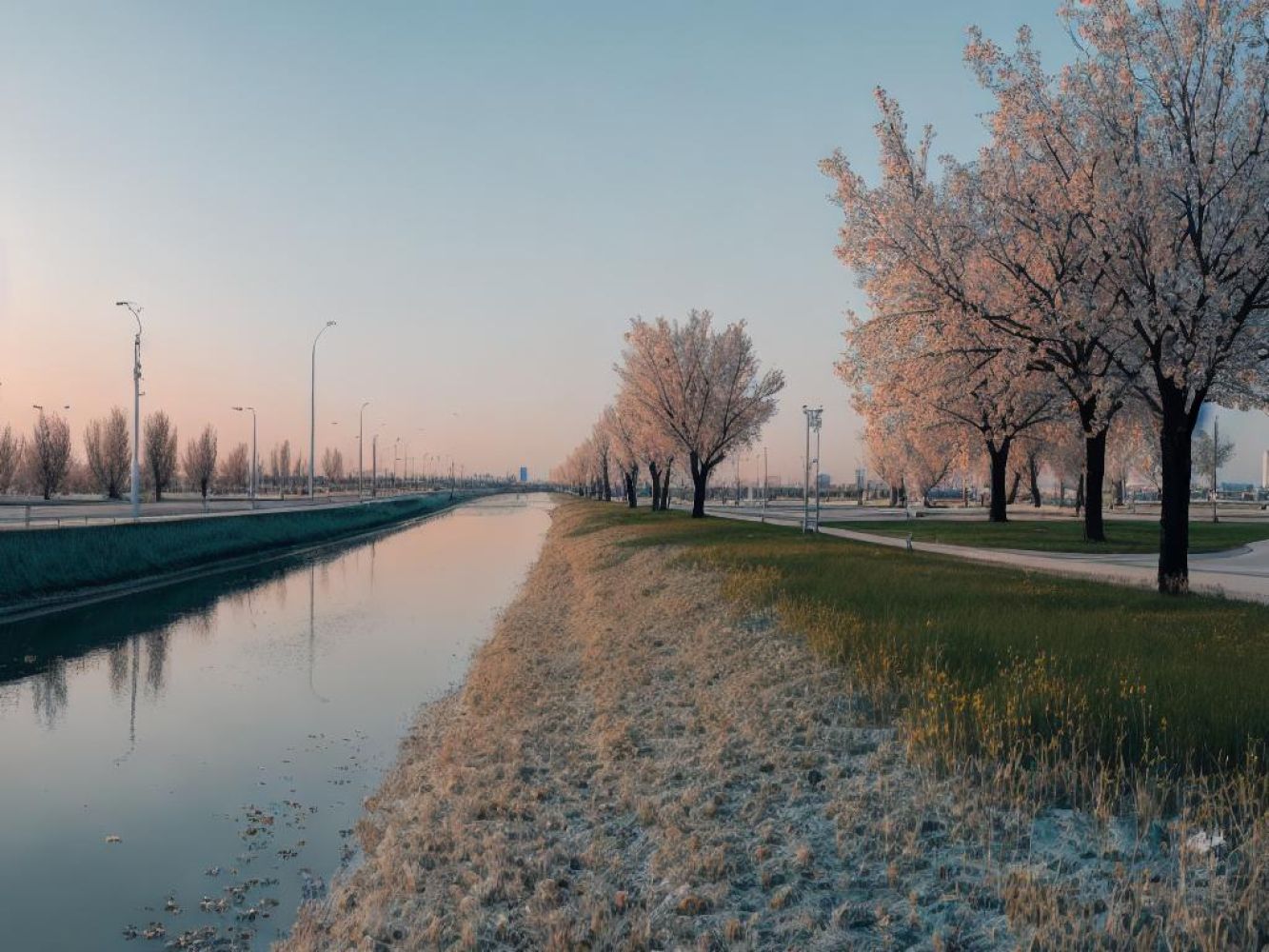
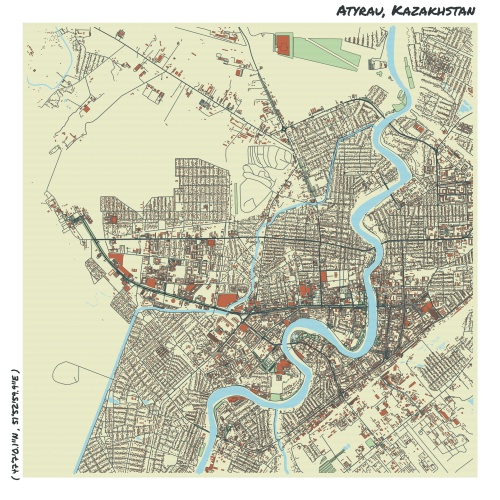
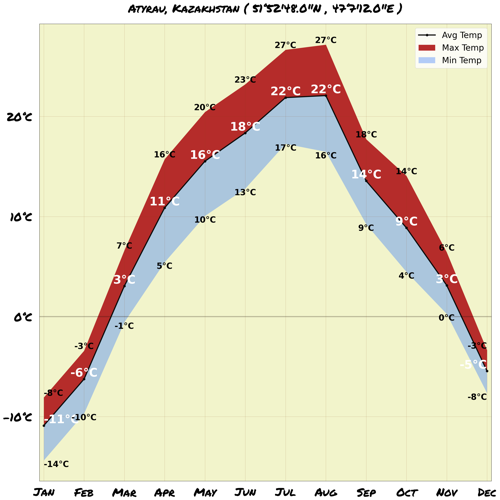
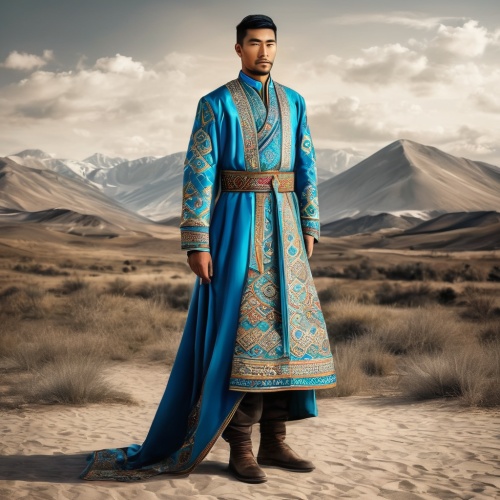
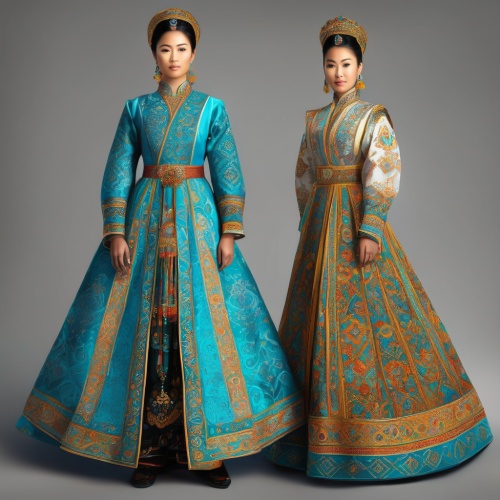
Comments
NO COMMENTS